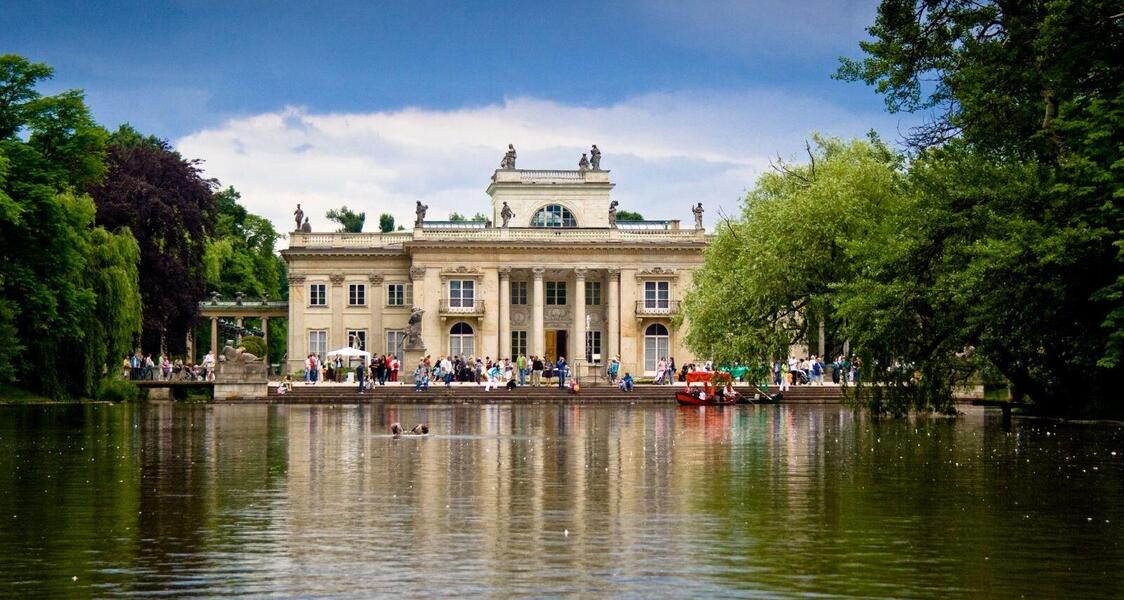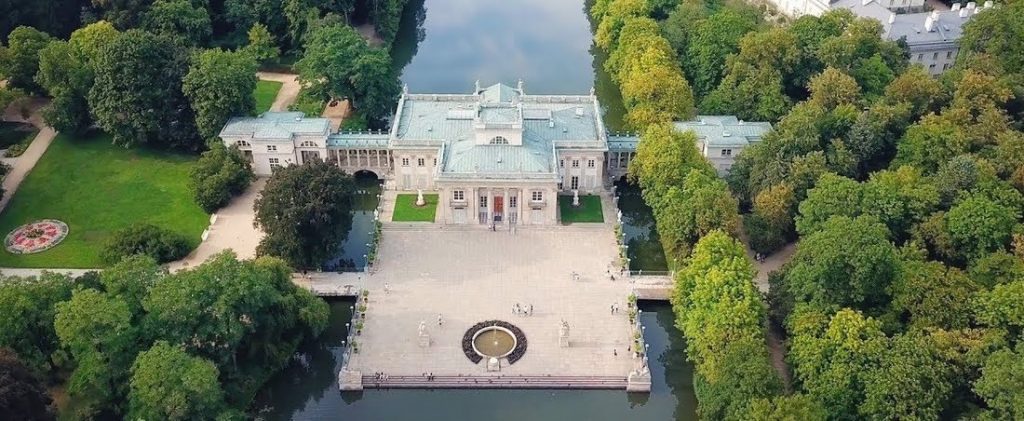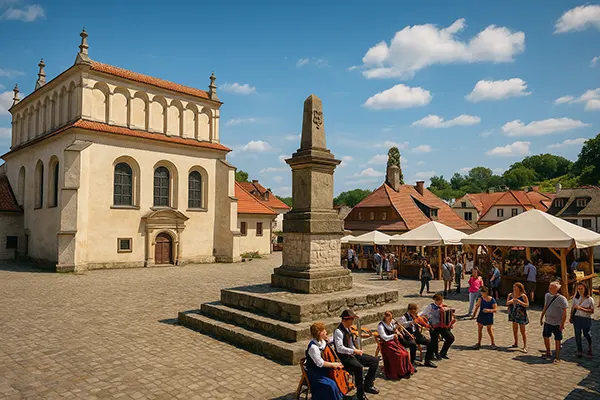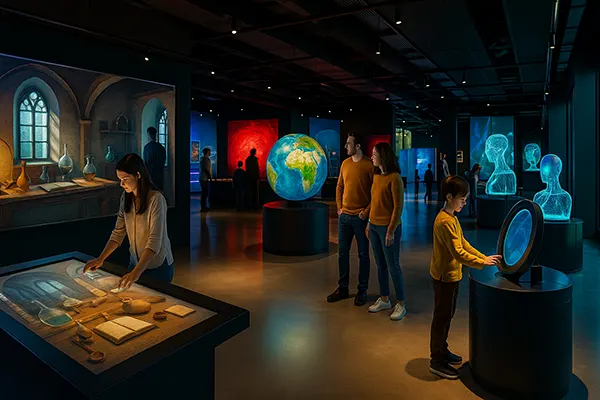
Lazienki Park
A beautiful place called Lazienki Park is situated on Ujazdowskie Alley. This is the heart of the Polish capital, Warsaw. The Łazienki is considered the largest park in the city, as it covers an area of 76 hectares. Translated from Polish, the name means “bathers”. There are also references to it as the Warsaw or Royal Łazienki Park.
Historical Info
During the reign of the Mazowieckie Princes, this area was decorated with a wooden fortress. In the sixteenth century, they decided to build a swimming pool. The idea belonged to Anna Jagiellonka, wife of Polish King Stefan Batory. She used to live in the area and so it was decided to make it more comfortable by the standards of the time.
In 1623, the wooden fortress was replaced with a luxurious palace and named Ujazdowski Castle. King Sigismund III Vasa was its founder. The monarch chose the area for his palace for a reason. The area overlooked a bend of the Vistula River, which gave it a nice view.
Over time Marshal Stanislaw Lubomirski came to own the castle. He also wanted to enlarge the area and erect two pavilions. They were called Hermitage and Lázně. Marshal likes to spend his free time here and enjoy his leisure time.
The spa was situated on a small island surrounded by canals. The building was built in Baroque style. It gave its name to the territory and later to the park itself. Today the pavilion is hidden in the walls of the new castle, which is another landmark of the Polish capital.

Residence of monarchs
When Ujazdowski Castle was built, it was surrounded by forests. King Stanislaw August Poniatowski decided to make his own changes. First he transformed the palace itself, and then he made a full-fledged park around it, where he could spend his time for fascinating walks and picnics.
The demand for the residence lay in the fact that the monarchs of the time were not particularly fond of huge palaces. They favoured miniature structures outside the city. That’s why the modified royal baths became a full-fledged dwelling of the Polish kings.
Modernity
In the course of time the park was opened to the public. An amphitheatre made of stone was erected, which could seat thousands of spectators. It was situated by the water, while the stage was on a separate island. But the war changed everything. All the buildings in the park were destroyed.
After the war ended, the decision was made to reconstruct the area. Today the park is one of the most visited places in Warsaw. You can hear the birdsong and enjoy the incredible beauty created by both man and nature. You can also visit the palace, orangery, theatre and other unique sites.
Popular articles
-
 Poland for Film Lovers: Exploring Iconic Movie and Series Locations
Poland for Film Lovers: Exploring Iconic Movie and Series LocationsPoland has increasingly captured the attention of international and local …
-
 Jewish Heritage of Poland: A Journey Through Small Towns
Jewish Heritage of Poland: A Journey Through Small TownsPoland’s Jewish heritage is one of the richest in Europe. …
-
 The Most Fascinating Modern Museums in Poland Opened After 2022
The Most Fascinating Modern Museums in Poland Opened After 2022Poland’s cultural scene has witnessed a fresh wave of innovation, …
